For decades, scientists have been intensely focused on determining the origin of the giant space rock responsible for the massive extinction of the dinosaurs about 66 million years ago. This cataclysmic event reshaped Earth’s biodiversity and sparked numerous theories and debates among researchers.
Recent studies have advanced this discussion, offering compelling evidence that a deadly asteroid might have originated from a specific far-away area in the asteroid belt. These new discoveries could significantly alter our understanding of Earth’s history, providing crucial insights into how cosmic events have impacted life on our planet and helping us prepare for potential future encounters with similar celestial objects.
An Asteroid Beyond Jupiter
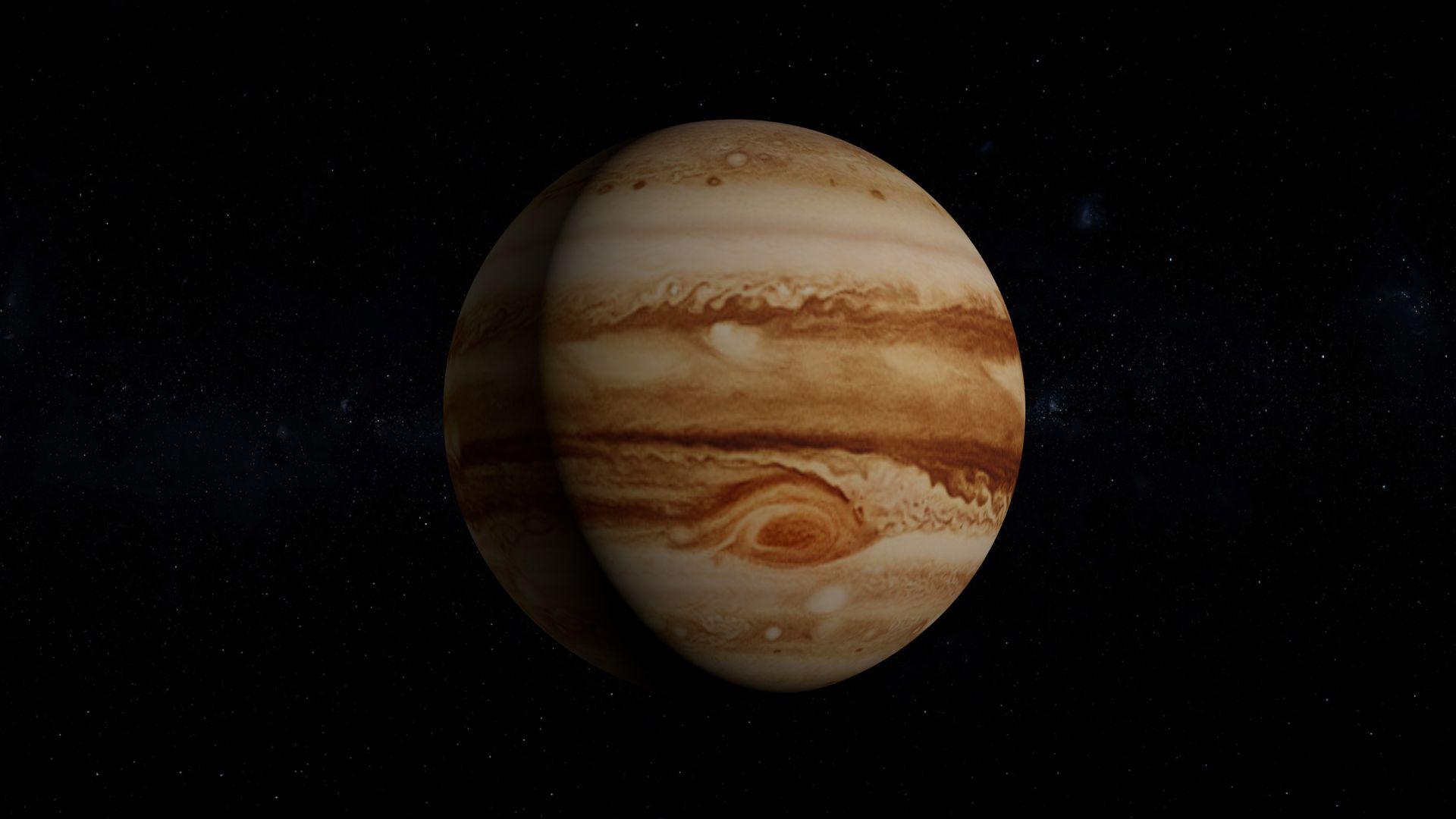
Mario Fischer-Godde, a geochemist at the University of Cologne and a lead author of a new study, has discovered new insights about the asteroid that immeasurably changed the Earth.
His scientific research indicates that the asteroid responsible for wiping out the dinosaurs likely originated in the Kuiper Belt, which is beyond Jupiter’s orbit.
A New Scientific Discovery
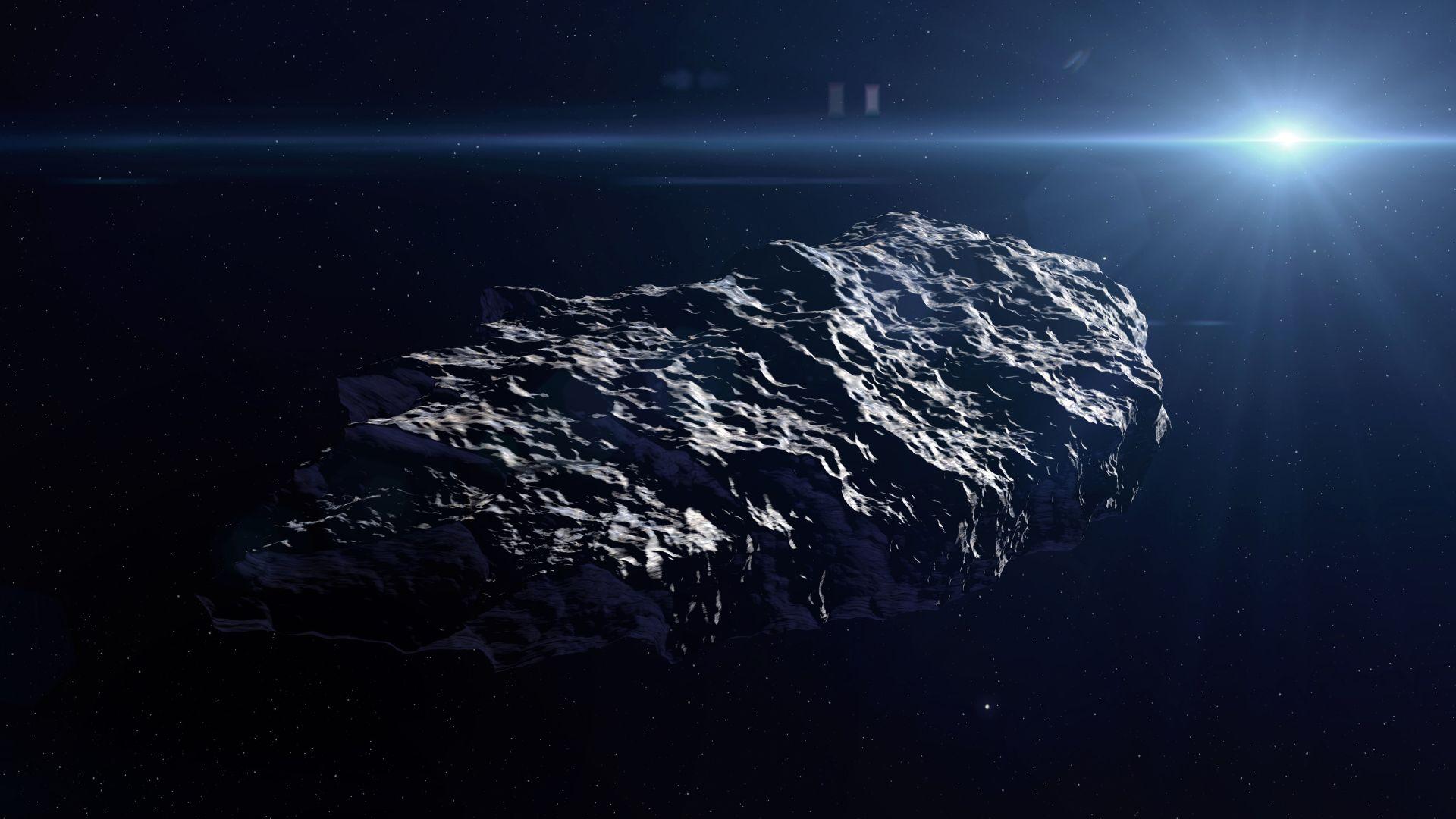
The discovery was made by analyzing ruthenium isotopes in sediment samples from the Cretaceous-Paleogene boundary—which marks about the time of the asteroid impact. Ruthenium is an element commonly found in asteroids but is rare on Earth.
This analysis provided crucial evidence that helped trace the origins of the asteroid responsible for the mass extinction. “Our lab in Cologne is one of the rare labs that can do these measurements,” Fischer-Godde explained.
The Chicxulub Crater
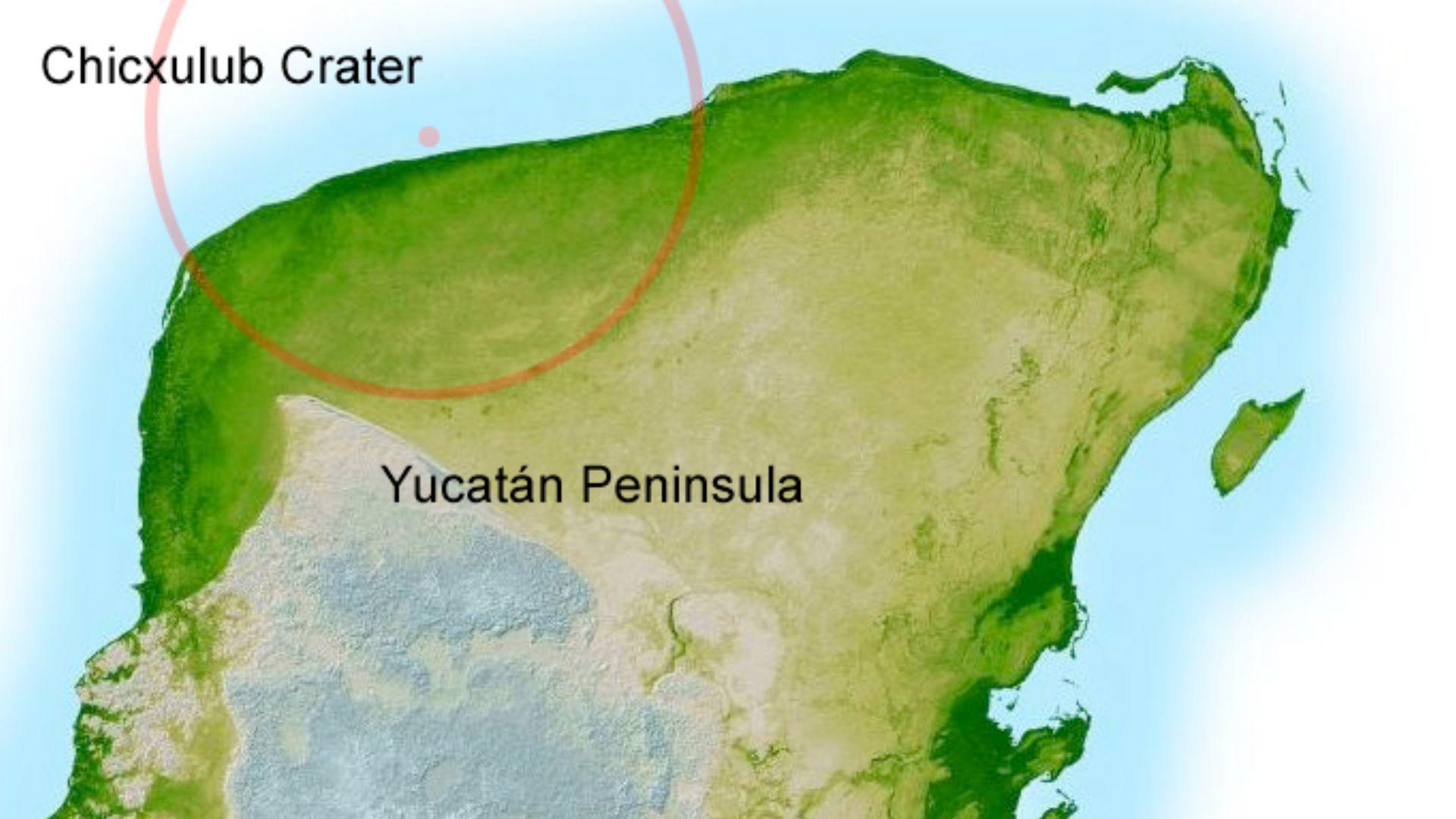
The Chicxulub crater is where the infamous asteroid hit the Earth; this impact led to the extinction of the dinosaurs. This huge crater is about 93 miles (150 kilometers) wide and goes deep into the Earth’s crust.
Scientists think the enormous asteroid that made the giant Chicxulub crater was around 6 to 9 miles (10 to 15 kilometers) wide.
More About Chicxulub
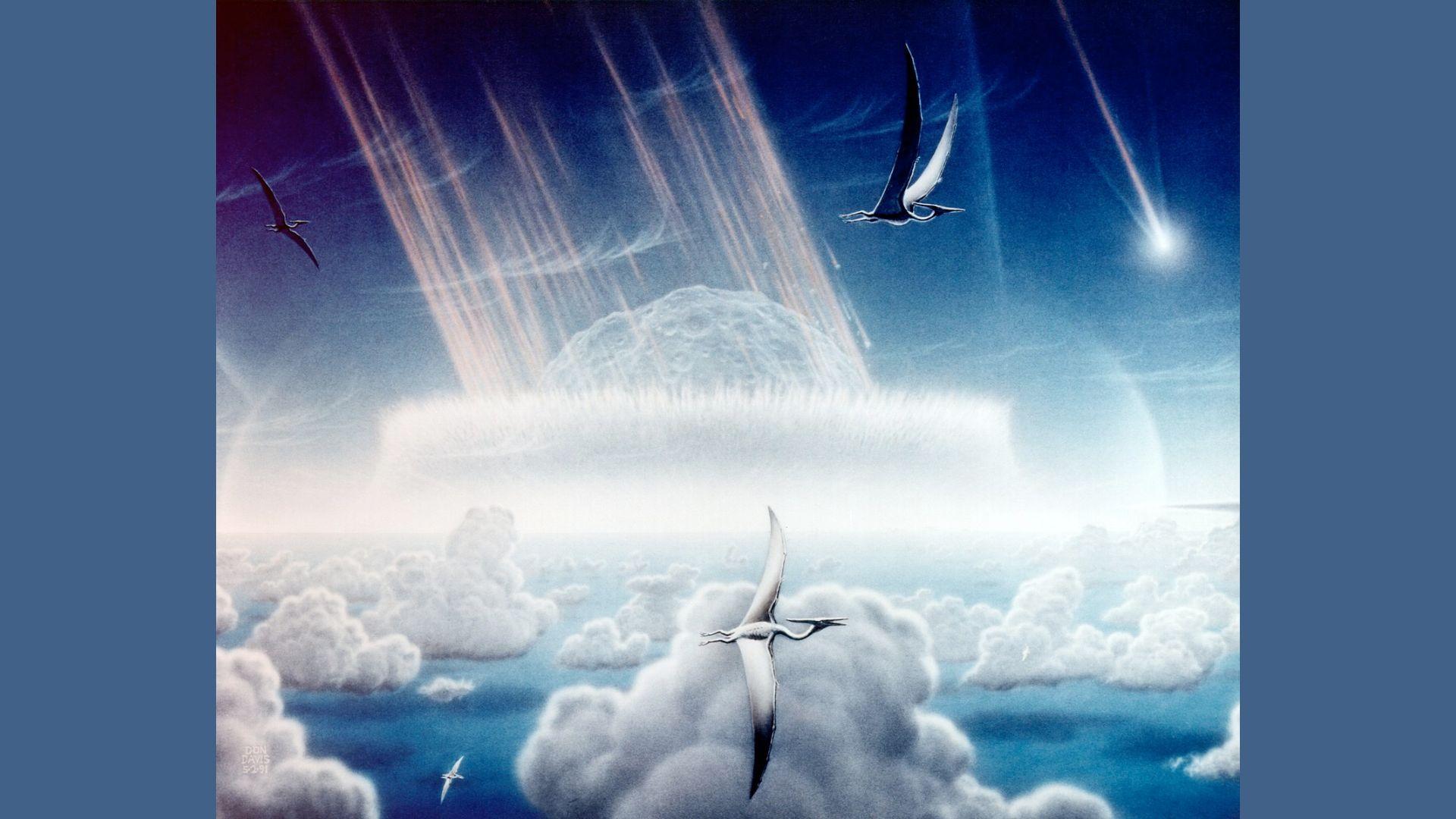
While looking for oil in the late 1970s, geologists discovered the Chicxulub crater. Scientists studied the site and discovered that it was an impact crater. By the 1990s, scientists connected this site to the mass extinction event that caused the widespread death of the dinosaurs and many other species.
When the asteroid struck Earth, it unleashed energy equivalent to billions of atomic bombs. The impact instantly vaporized everything at the site, while shockwaves and debris were hurled into the atmosphere.
The Impact of the Asteroid

The asteroid impact triggered a series of catastrophic events. The initial collision caused a massive explosion, unleashing a huge fireball. Molten rock and ash were then blasted high into the atmosphere.
The impact also generated giant tsunamis that surged across the oceans. Meanwhile, the shockwave flattened forests and ignited wildfires. These fires spread across the globe, adding to the devastation.
Collapsing Food Chains and Other Disasters

One of the most significant effects of the asteroid was the massive release of dust and sulfur into the atmosphere. This caused a sudden and drastic drop in global temperatures, a phenomenon known as “impact winter.”
Reduced sunlight led to the collapse of food chains. It started with the death of plants and spread to both herbivores and carnivores. This environmental catastrophe ultimately caused the extinction of the dinosaurs and countless other species.
An Asteroid, Not a Comet
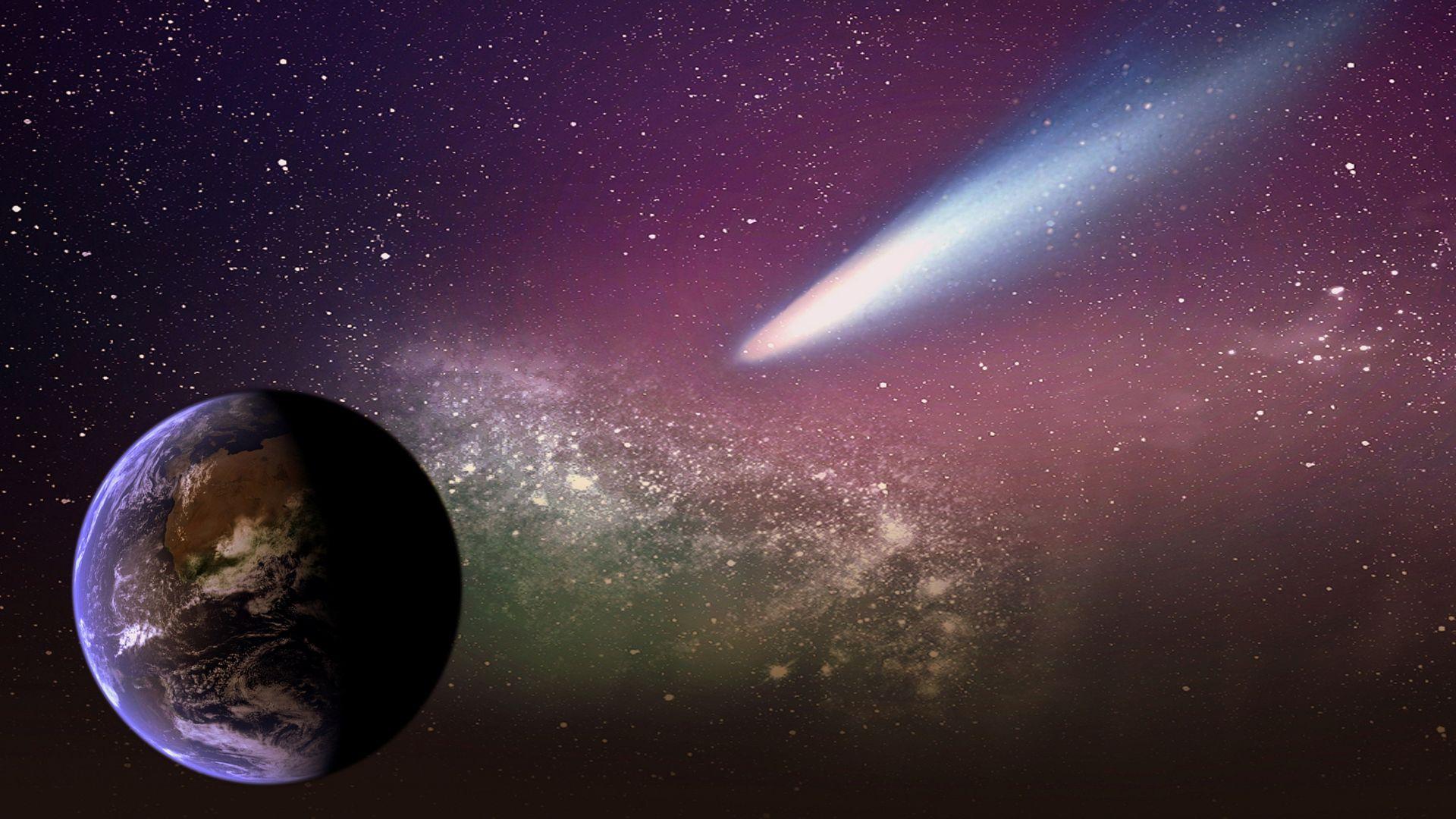
Previously, most scientists believed that a comet—an icy body from the distant, cold regions of the solar system—was responsible for the catastrophic event that changed Earth’s history. However, recent findings by Fischer-Godde challenge this long-held belief, providing strong evidence that the impactor was more similar to C-type asteroids, which are typically found in the asteroid belt beyond Jupiter.
C-type asteroids—which are rich in carbon and often contain water—are much rarer than the more common S-type asteroids made of silicate materials. Despite their rarity, the devastating effects of a collision with a C-type asteroid have been demonstrated by the Chicxulub impact that led to the extinction of the dinosaurs 66 million years ago.
Future Catastrophic Asteroid Attacks
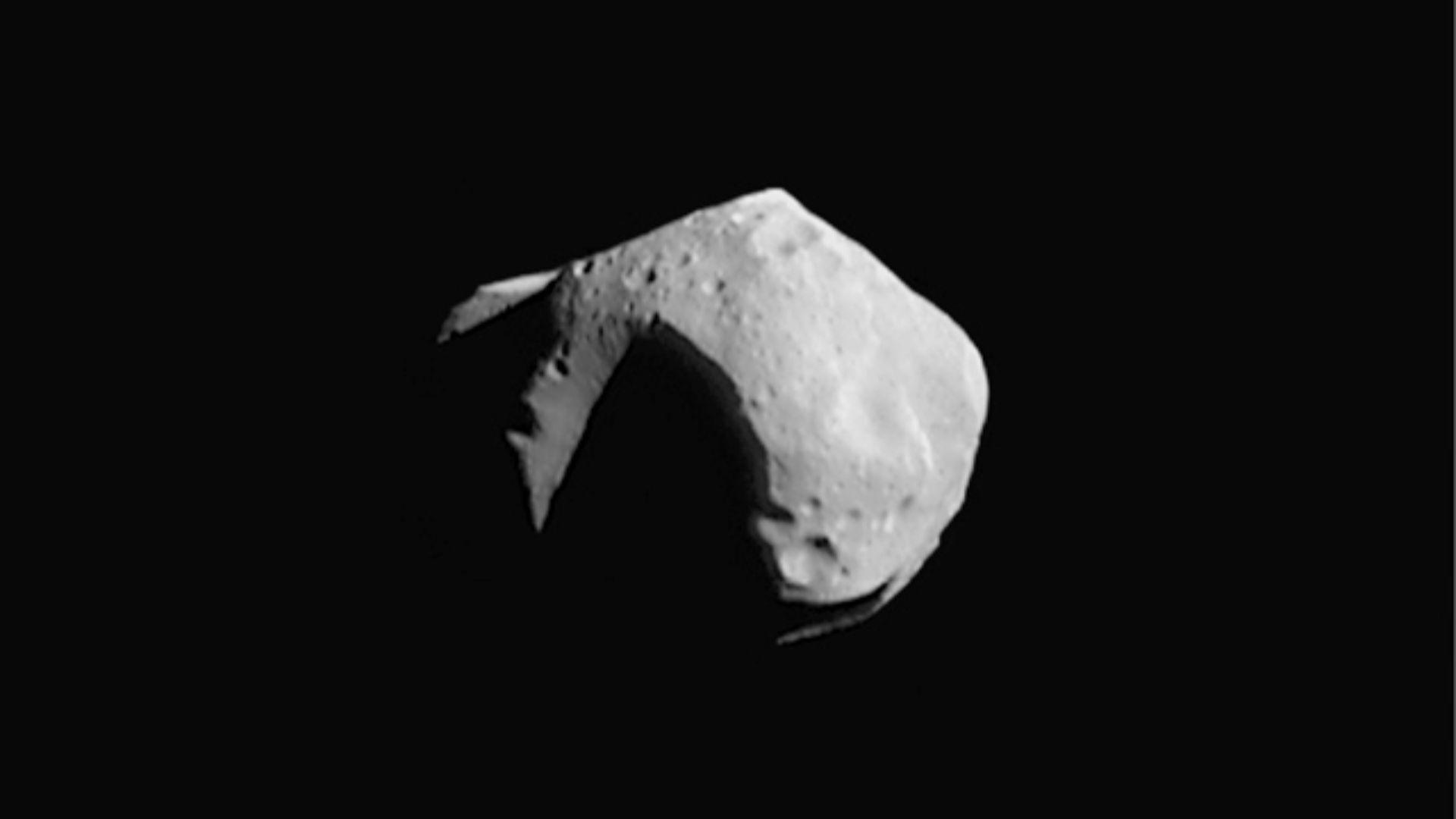
This new discovery deepens our understanding of history and aids in preparing for future space threats. Recognizing the destruction caused by C-type asteroids, Fischer-Godde emphasized the need to identify their orbits that could someday intersect with Earth.
He warned, “If we find that earlier mass extinction events could also be related to C-type asteroid impacts, then… if there’s ever going to be a C-type asteroid on an Earth-crossing orbit, we have to be very careful.”
Asteroids, Dinosaurs, and Earth

The asteroid that led to the extinction of the dinosaurs traveled from beyond Jupiter. By analyzing ruthenium isotopes in the sediment layers from the impact, researchers like Mario Fischer-Godde are solving ancient mysteries and paving the way for future studies in planetary defense and the origins of life.
The Chicxulub impact offers valuable insights into Earth’s history, and with modern techniques, scientists like Fischer-Godde can trace the origins of these interesting impacts and can better understand their role in shaping our planet. This research contributes to a broader effort to uncover how cosmic events, like asteroid collisions, have influenced Earth’s environment and the evolution of life.

